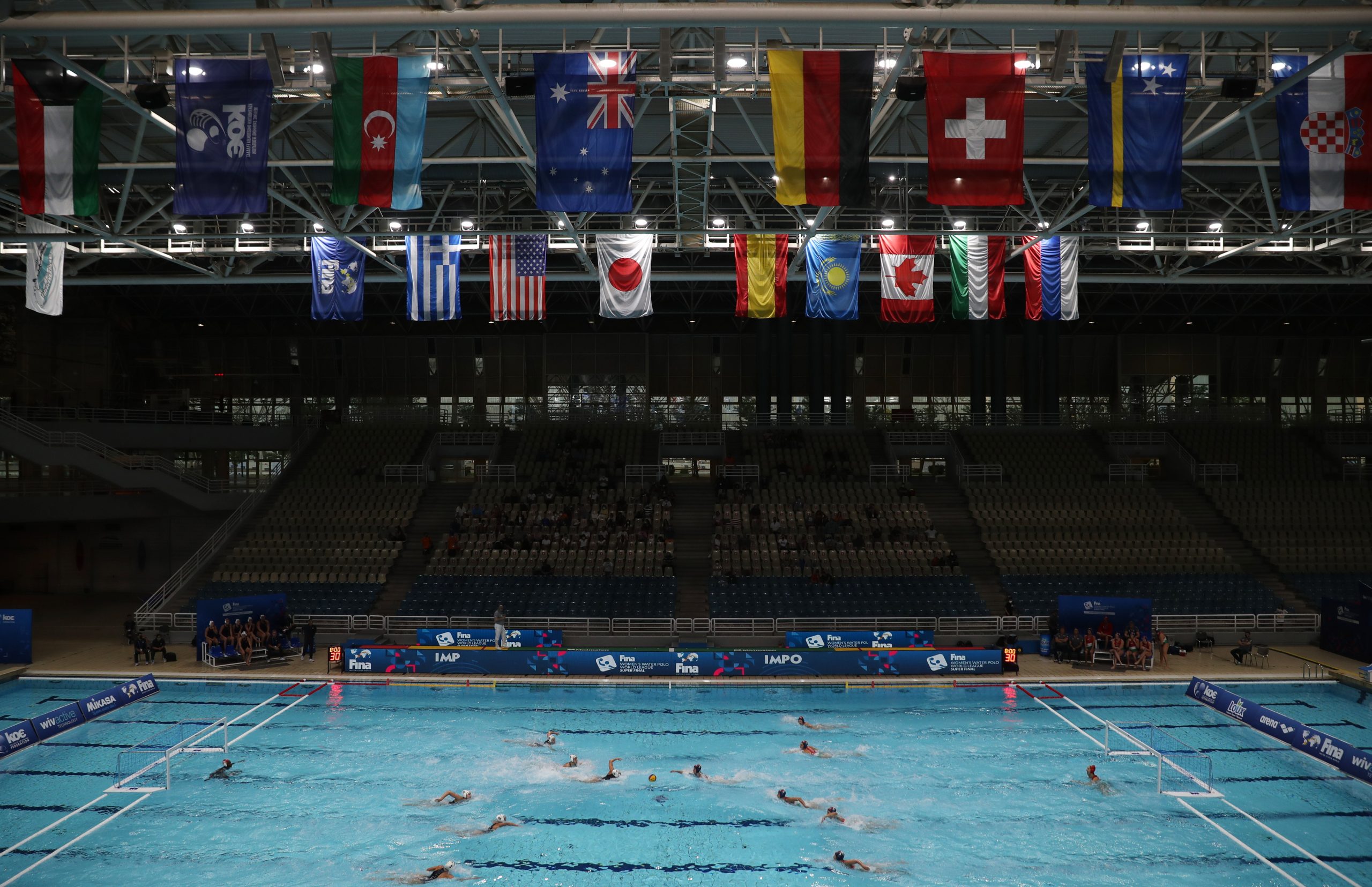
[elfsight_social_share_buttons id=”1″]
Swimming’s world governing body FINA on Sunday voted to restrict the participation of transgender athletes in elite women’s competitions and create a working group to establish an “open” category for them in some events as part of its new policy.
Transgender rights has become a major talking point as sports seek to balance inclusivity while ensuring there is no unfair advantage.
The decision, the strictest by any Olympic sports body, was made during FINA’s extraordinary general congress after members heard a report from a transgender task force comprising leading medical, legal and sports figures.
The new eligibility policy for FINA competitions states that male-to-female transgender athletes are eligible to compete only if “they can establish to FINA’s comfortable satisfaction that they have not experienced any part of male puberty beyond Tanner Stage 2 (of puberty) or before age 12, whichever is later”.
The policy was passed with a roughly 71% majority after it was put to the members of 152 national federations with voting rights who had gathered for the congress at the Puskas Arena.
“We have to protect the rights of our athletes to compete, but we also have to protect competitive fairness at our events, especially the women’s category at FINA competitions,” said FINA President Husain Al-Musallam.
“FINA will always welcome every athlete. The creation of an open category will mean that everybody has the opportunity to compete at an elite level. This has not been done before, so FINA will need to lead the way. I want all athletes to feel included in being able to develop ideas during this process.”
The issue of transgender inclusion in sport is highly divisive, particularly in the United States where it has become a weapon in a so-called “culture war” between conservatives and progressives.
The new FINA policy also opens up eligibility to those who have “complete androgen insensitivity and therefore could not experience male puberty”.
Swimmers who have had “male puberty suppressed beginning at Tanner Stage 2 or before age 12, whichever is later, and they have since continuously maintained their testosterone levels in serum (or plasma) below 2.5 nmol/L.” are also allowed to compete in women’s races.
Female-to-male transgender athletes (transgender men) are fully eligible to compete in men’s swimming competitions.
Advocates for transgender inclusion argue that not enough studies have yet been done on the impact of transition on physical performance, and that elite athletes are often physical outliers in any case.
The debate intensified after University of Pennsylvania swimmer Lia Thomas became the first transgender NCAA champion in Division I history after winning the women’s 500-yard freestyle earlier this year.
That followed New Zealand weightlifter Laurel Hubbard becoming the first transgender athlete to compete at the Olympic Games in Tokyo last year.
Copyright 2022 Thomson/Reuters
